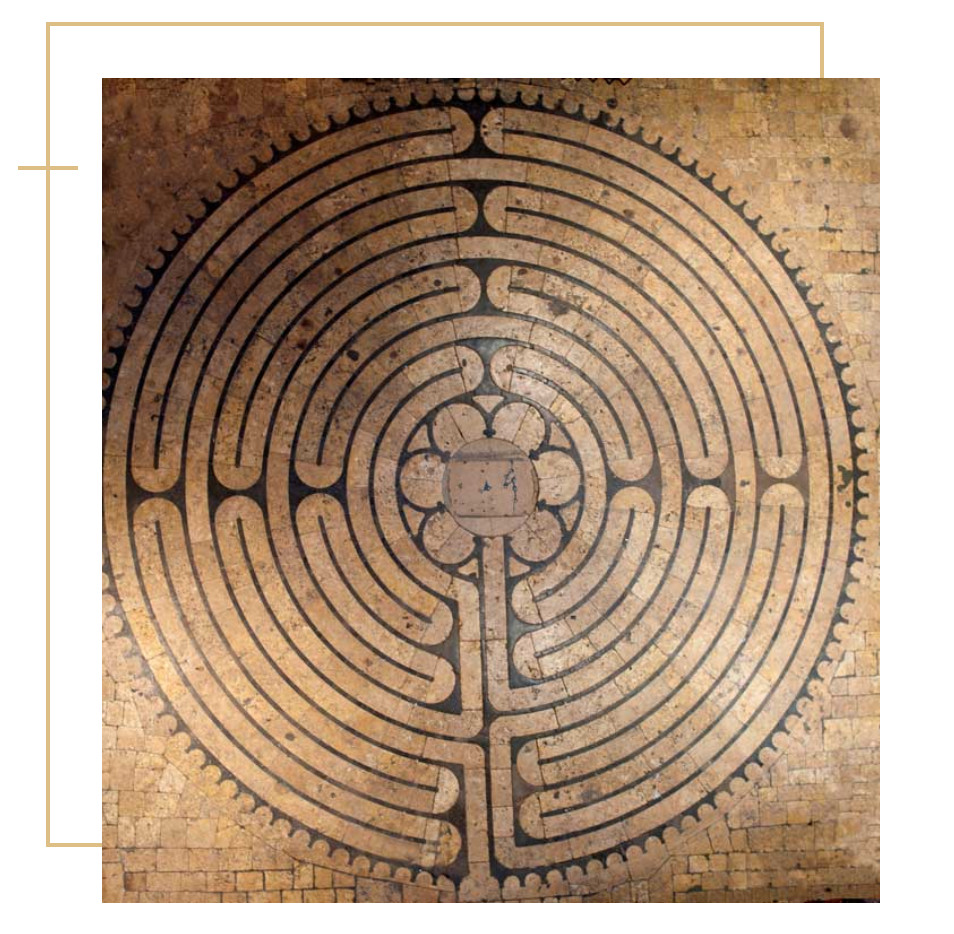
🌟 This Sacred Saturday, we’re diving into the healing power of labyrinths and the mystical history of the Chartres Cathedral labyrinth in France.
Built in the early 13th century, the labyrinth of Chartres Cathedral is best known for the labyrinth it houses which has drawn seekers of spiritual and emotional healing for centuries. This medieval cathedral, situated about 80 kilometers southwest of Paris, has long been a pilgrimage destination. Its labyrinth provided a symbolic pilgrimage for those unable to journey to the Holy Land. Walking its intricate path served as a way to engage in spiritual reflection, seek divine guidance, and honor one’s faith.
The labyrinth at Chartres is a unicursal design, meaning there is one path in and one path out, which echoes the simplicity of life’s journey toward a central purpose. For medieval pilgrims, walking the labyrinth was believed to foster deep introspection and spiritual purification. The central rosette symbolized union with the divine, where pilgrims could pause, pray, or meditate. The act of walking the labyrinth mirrored an inner journey, aligning the body, mind, and spirit with sacred intention.
During this era, the labyrinth was also thought to hold mystical properties. The very act of walking its path was seen as a way to harmonize with the cosmos, reconnecting with natural cycles and divine order.
Modern-Day Labyrinths and Healing Practices
Today, labyrinths are experiencing a resurgence as tools for healing and personal growth. Institutions worldwide are recognizing their value in promoting mental, emotional, and spiritual well-being. Here are a few examples of how they are used today:
1. Hospitals and Healthcare Settings
Labyrinths are increasingly found in hospital gardens and wellness centers. Starting in my backyard :) the labyrinth at the Massachusetts General Hospital’s Healing Garden is used by patients, families, and staff to cope with stress, grief, and anxiety. Studies have shown that walking a labyrinth reduces cortisol levels, a biological marker of stress, and improves mood.
2. Veterans and Trauma Survivors
Labyrinths have been incorporated into programs for veterans and individuals with PTSD. The labyrinth at Walter Reed National Military Medical Center offers a safe space for veterans to process emotions and foster a sense of calm. Walking the labyrinth helps reduce hypervigilance and encourages grounding and mindfulness.
3. Community and Spiritual Retreats
Many spiritual retreat centers use labyrinths to guide participants through themes of forgiveness, resilience, and personal transformation. The labyrinth at Grace Cathedral in San Francisco is one example, drawing people of all backgrounds to its sacred geometry for renewal and clarity.
4. Grief and Loss Support
Walking a labyrinth can be a ritual for processing grief. Hospice organizations have found that labyrinth walks help individuals say goodbye, honor lost loved ones, and find solace.
Why Labyrinths Heal: The Science
Labyrinth walking uniquely combines movement, mindfulness, and symbolic reflection. Here are some concrete reasons why it promotes healing:
- Stress Reduction: A controlled study found that participants who walked labyrinths experienced lower heart rates and blood pressure, indicative of reduced stress.
- Mind-Body Connection: The physical act of walking promotes relaxation, stimulating and integrating both hemispheres of the brain, while the mental focus required encourages mindfulness and presence.
- Symbolism and Reflection: The journey inward and outward mirrors personal growth, providing a framework to process challenges and celebrate achievements.
Making Labyrinth Healing Accessible
If visiting a famous labyrinth isn’t possible, there are many ways to bring the benefits of labyrinth walking into your life:
- Create a Temporary Labyrinth: Use sand, chalk, or rocks to design a labyrinth in your garden or a local park.
- Participate in Virtual Labyrinth Walks: Organizations like Veriditas offer online labyrinth walks that use digital tools to guide participants through mindfulness exercises.
- Incorporate Finger Labyrinths: These small, portable labyrinths are easy to use at a desk or on the go. Tracing the path with your finger mimics the meditative experience of walking.
- Mindful Walking Paths: Even a simple walk in a spiral or intentional path can mimic the meditative process of labyrinth walking.
Labyrinths hold a timeless power to heal and connect us to deeper truths. Whether in the Chartres Cathedral or your own backyard, walking a labyrinth is an invitation to step away from the chaos of life and journey inward. May your path be peaceful, your steps mindful, and your heart open to the healing power of the labyrinth.
___________________
Begin Within
and align with the rhythm of nature and self.

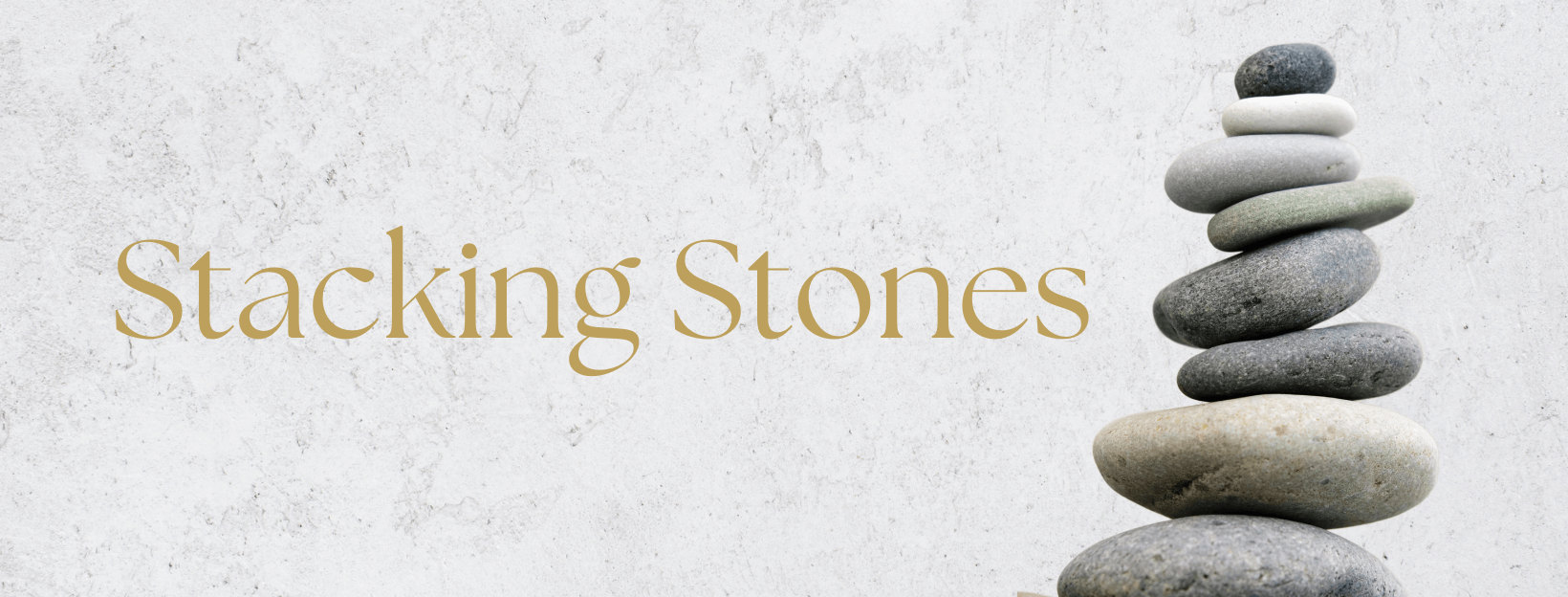



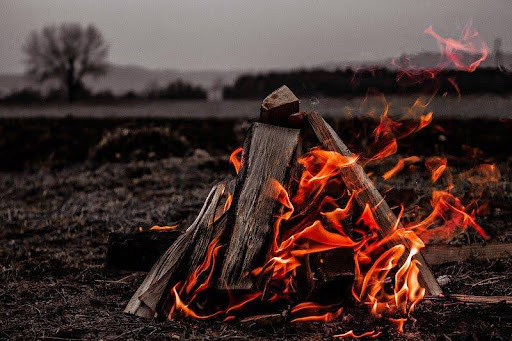

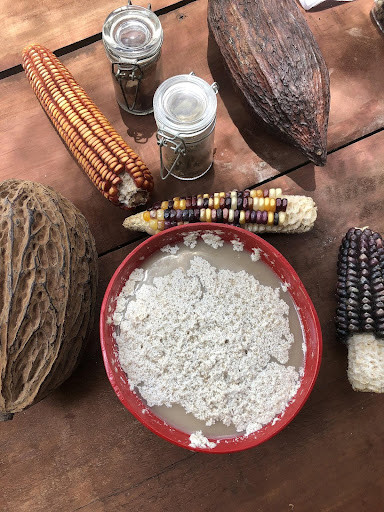
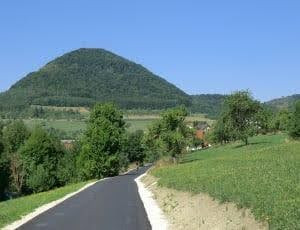




0 Comments